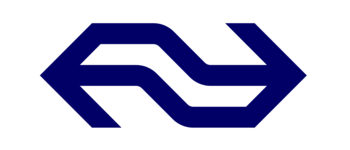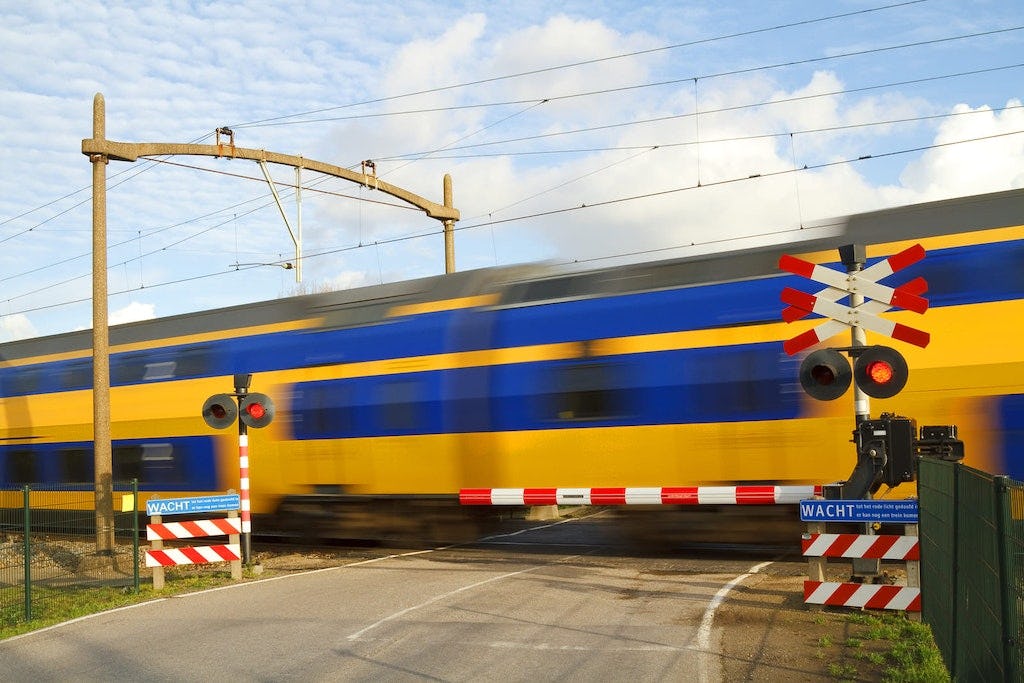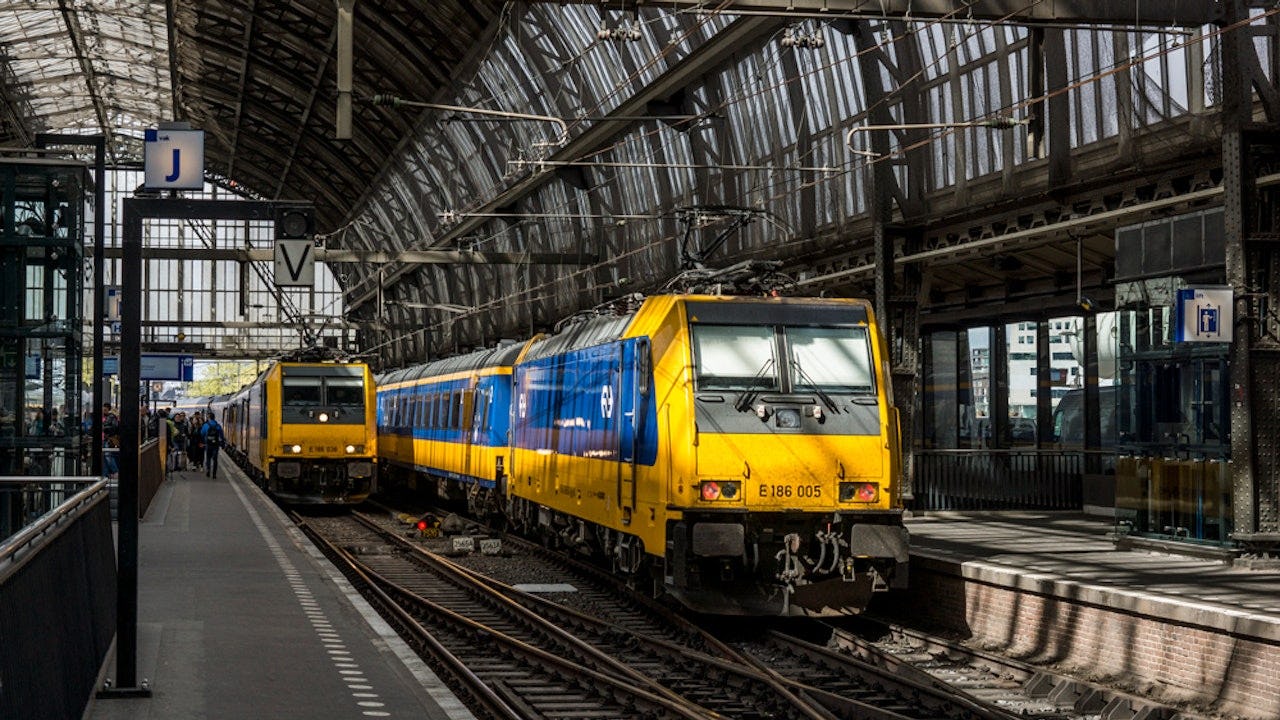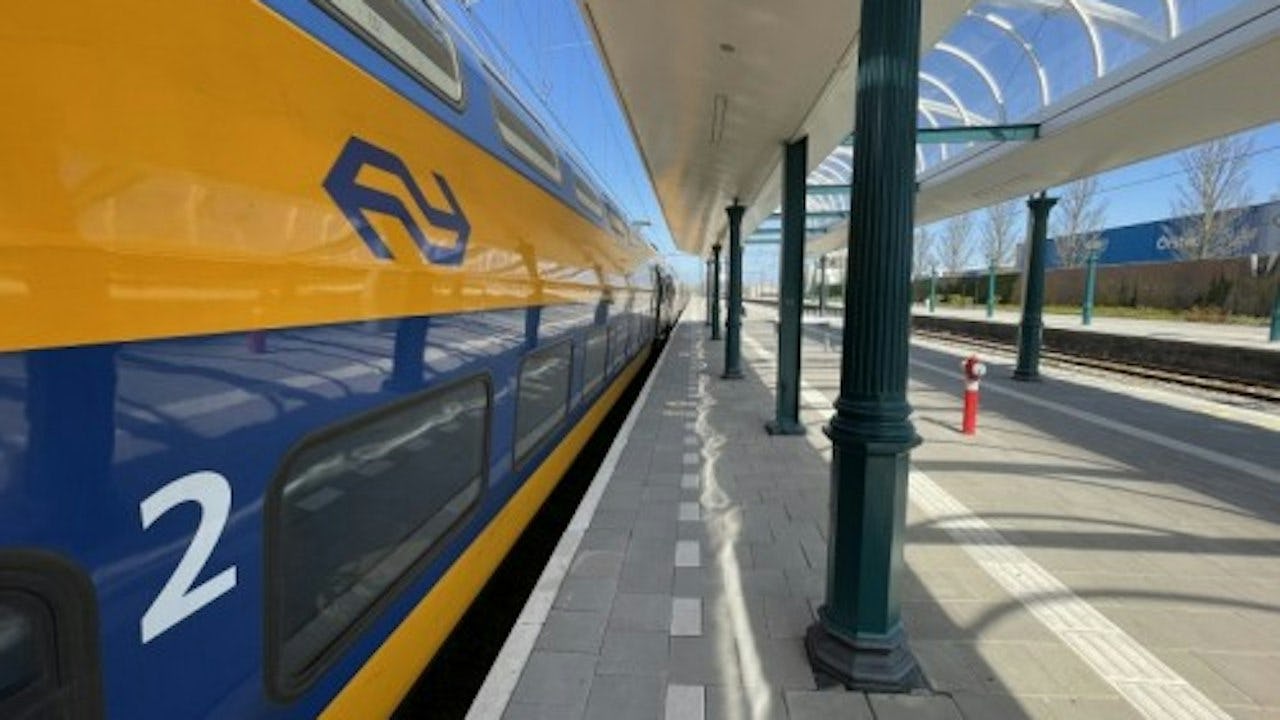Phased migration, live with MVP
In partnership with myBrand Conclusion, implementation began in November 2018. The NS Group and NS Reizigers business units, which were already using the same SAP ECC system, were tackled first. The new landscape went live in early 2020. Then work began on the NedTrain business unit, which includes the Supply Chain Organization responsible for train maintenance. ‘This was the most complex part of the whole migration process, so it took the most time. In comparison, the NS Stations business unit was relatively easy,’ says Stan. These two business units migrated during the COVID-19 pandemic, when employees were required to work from home wherever possible. ‘It didn’t hinder our work. In fact, we coped well with it,’ he says.
The bigger challenge lay in standardizing the often complex processes. Since it’s impossible to tackle everything at once, Stan’s advice is to go live with an MVP if necessary. ‘That’s what we did at NedTrain. We focused on the user stories with the most value, and implemented them live first. We’re now starting process mining, to investigate where we can achieve efficiency gains in the processes that add the least value.’ NS Stations and Nedtrain switched to the new SAP S/4HANA system in January 2021 and February 2021 respectively.
Fully standard SAP
NS is happy with the decision to keep SAP fully standard. ‘It allows us to keep up with developments, and upgrade to new releases relatively easily. Given we’re still working with the on-premises version of S/4HANA, it’s still quite a bit of work to implement such a new release. For this reason, we freeze the landscape for nine weeks during such an upgrade. We’ve implemented test automation to accelerate this process and quickly translate changes into production.’




